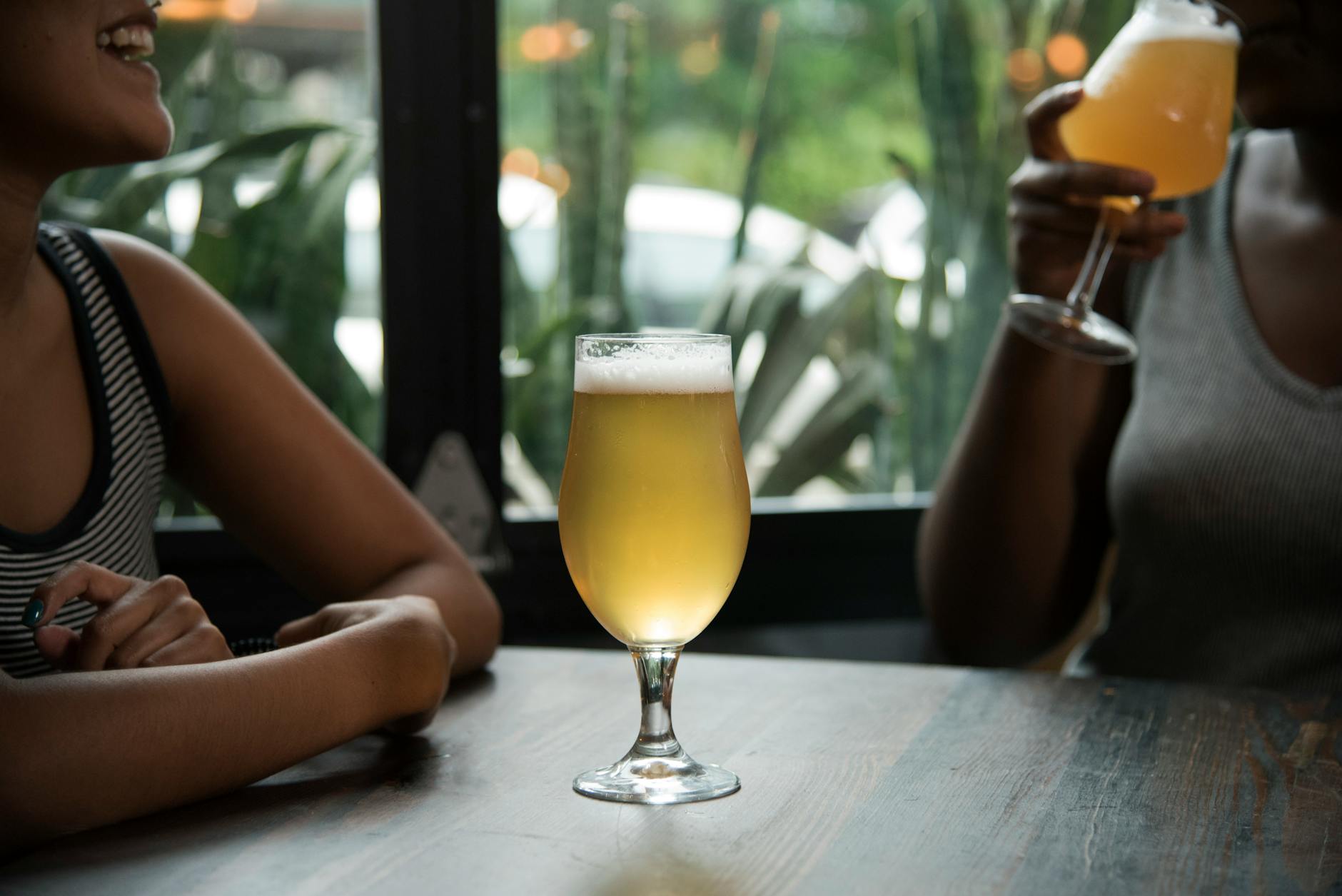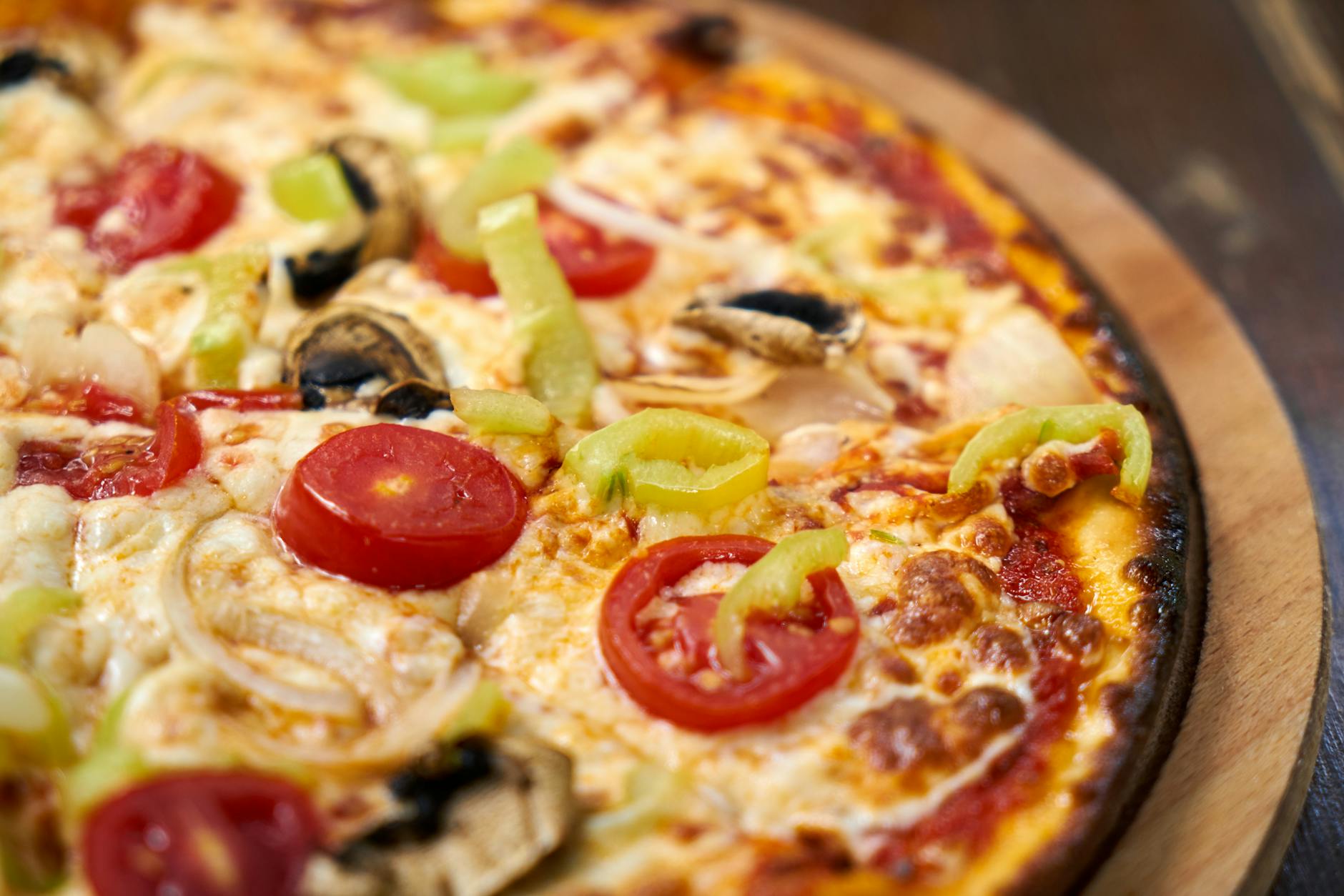K-Pop’s Global Reach: How Idol Collaborations Drive Consumer Experiences
Beyond the Music: Gong Cha and Stray Kids’ Felix Brew Up a Sweet Success Story
In the ever-evolving landscape of popular culture, the synergy between K-pop artists and consumer brands has become a powerful engine for driving engagement and sales. This trend is vividly illustrated by the recent collaboration between the global bubble tea chain Gong cha and Felix, a beloved member of the internationally acclaimed K-pop group Stray Kids. The limited-time “Felix’s Favorites” experience, launched by Gong cha, offers fans a tangible connection to their idol through a curated selection of beverages. This initiative highlights a broader strategy within the entertainment industry where artists transcend their musical careers to become influential brand ambassadors and experience creators.
The “Felix’s Favorites” promotion is more than just a menu item; it’s an immersive experience designed to tap into the fervent dedication of K-pop fandoms. By allowing consumers to select from Felix’s personal beverage preferences, Gong cha is leveraging the artist’s personal brand and appeal to create a unique, fan-centric offering. This strategy capitalizes on the parasocial relationships that fans often develop with their favorite idols, transforming a simple transaction into an emotional connection and a shared experience within the fandom.
Context & Background
The rise of K-pop as a global phenomenon is a multifaceted story, rooted in its innovative approach to music production, captivating performance artistry, and highly organized fan engagement strategies. Groups like Stray Kids have played a significant role in this global expansion, cultivating a massive international fanbase through relentless touring, consistent content creation, and strategic social media presence. Their music, often characterized by a powerful “noise music” influence, energetic performances, and relatable lyrical themes, resonates with a diverse audience worldwide.
Gong cha, a Taiwanese-originating beverage franchise, has also experienced substantial growth on a global scale. Known for its customizable bubble tea options, including a wide array of toppings and flavor combinations, the brand has successfully positioned itself as a popular casual refreshment destination across Asia, North America, and beyond. Its accessibility and broad appeal make it a natural partner for collaborations seeking to reach a wide demographic.
The intersection of these two entities – a globally recognized K-pop group and a popular beverage chain – is a calculated move that reflects a growing trend in marketing. Brands are increasingly recognizing the immense power of K-pop idols as influencers. The dedicated nature of K-pop fandoms, often referred to as “stans,” means that when an idol endorses or participates in a brand collaboration, the impact can be significant. These fans are not just passive consumers; they are active participants who drive trends, create content, and champion the brands their idols associate with. This collaboration between Gong cha and Felix is a prime example of this phenomenon, aiming to leverage the artist’s popularity to boost sales and brand visibility for Gong cha.
Felix, in particular, has a strong personal brand within Stray Kids. Known for his distinctive deep voice, powerful stage presence, and often cheerful and engaging off-stage personality, he has cultivated a dedicated following. His involvement in the “Felix’s Favorites” experience allows fans to feel a more direct connection to him, as if they are tasting something that he himself enjoys and has personally selected. This personalization is a key driver of engagement in the K-pop fan culture.
The “Felix’s Favorites” experience typically involves customers being able to choose from a predetermined set of drinks that Felix himself has either created or expressed a preference for. This might include specific flavor combinations, topping choices, or even unique naming conventions for the beverages. The limited-time nature of such promotions also creates a sense of urgency, encouraging immediate participation and fostering a buzz within the fandom.
This trend of idol-brand collaborations is not isolated to bubble tea. K-pop artists are regularly featured in endorsements for everything from fashion and cosmetics to electronics and food products. However, food and beverage collaborations often hold a special appeal due to their immediate, sensory nature. Sharing a drink that an idol enjoys can feel like a more intimate and shared experience for fans, fostering a sense of community and belonging.
Gong cha’s official website provides further information about their global presence and ongoing promotions.
Stray Kids’ official website offers insights into the group’s activities and discography.
In-Depth Analysis
The “Felix’s Favorites” experience offered by Gong cha represents a sophisticated marketing strategy that taps into several key elements of modern consumer behavior, particularly within the K-pop fan ecosystem. At its core, this collaboration leverages the immense power of celebrity endorsement, but it goes further by creating an interactive and personalized engagement for fans.
Parasocial Relationships and Fandom Culture: K-pop fandoms are renowned for their deep emotional investment in their idols. These relationships, often described as parasocial, involve fans feeling a strong sense of connection, familiarity, and even intimacy with celebrities they may never meet. Collaborations like “Felix’s Favorites” capitalize on this by offering tangible products that are directly associated with the idol’s personal tastes. When a fan orders a “Felix’s Favorite” drink, they are not just buying a beverage; they are, in a sense, partaking in something that Felix himself enjoys, fostering a feeling of shared experience and connection.
Curated Experiences and Personalization: The trend in modern marketing is moving beyond simple product promotion towards offering curated experiences. By presenting a selection of “Felix’s Favorites,” Gong cha is providing fans with a personalized journey. The choice between different drinks associated with Felix allows for a degree of individual expression within the shared fandom experience. This personalization increases the perceived value of the product, as it feels tailored to the fan’s interest in Felix’s preferences.
Limited-Time Offers and Scarcity Marketing: The “limited-time” aspect of the promotion is a crucial psychological driver. It creates a sense of urgency and exclusivity, encouraging fans to act quickly to avoid missing out. This scarcity marketing principle is highly effective in driving immediate sales and generating a sense of FOMO (Fear Of Missing Out) within the fandom. The limited availability also enhances the desirability of the product, positioning it as a special offering rather than a permanent fixture.
Cross-Promotion and Brand Synergy: This collaboration serves as a powerful cross-promotional tool. For Gong cha, it offers access to Stray Kids’ massive and dedicated fanbase, a demographic that might not otherwise frequent their stores. For Felix and Stray Kids, it provides an additional revenue stream and a way to engage with fans in a non-musical capacity, strengthening their brand presence beyond the realm of entertainment. The positive association with a popular consumer brand can also enhance the artist’s image and reach.
Social Media Amplification: K-pop fandoms are incredibly active on social media platforms. Collaborations like this are naturally amplified through fan-generated content, such as unboxing videos, taste-test reviews, and photos of fans enjoying the featured drinks. This organic social media buzz provides significant reach and authentic advertising that traditional marketing campaigns often struggle to achieve. Hashtags related to the promotion will trend, creating widespread visibility.
Product Development and Innovation: While the focus is on Felix’s preferences, these collaborations can also drive product innovation for the brand. Gong cha might experiment with new flavor combinations or ingredients that are popular within K-pop culture or specifically linked to Felix’s known preferences, potentially leading to new menu items that have broader appeal in the future.
The specific details of “Felix’s Favorites” would likely include named drinks that reflect his personality or popular song titles, perhaps with special toppings or customizable sweetness and ice levels that he himself has vouched for. The presentation of these drinks, often featuring special cup sleeves or promotional materials with Felix’s image, further enhances the fan experience.
The success of such initiatives is often measured not just in sales figures but also in the level of fan engagement, social media mentions, and the overall sentiment generated within the fandom. Gong cha’s strategic choice of collaborating with a popular K-pop idol like Felix demonstrates an astute understanding of how to connect with contemporary consumer bases and leverage the unique cultural impact of K-pop.
Further insights into K-pop’s impact on global trends can be found on platforms like Allkpop and Soompi, which regularly cover artist activities and brand collaborations.
Pros and Cons
Collaborations between popular K-pop idols and consumer brands, such as Gong cha’s “Felix’s Favorites” experience, offer a range of benefits but also present potential drawbacks. A balanced assessment reveals the strategic advantages and potential challenges involved.
Pros:
- Increased Brand Visibility and Reach: Partnering with a globally recognized K-pop idol like Felix provides Gong cha with immediate access to Stray Kids’ extensive and highly engaged international fanbase. This exposure can significantly boost brand awareness and attract new customers who may not have previously considered Gong cha.
- Enhanced Sales and Revenue: The dedicated nature of K-pop fandoms often translates into strong purchasing power. Fans are motivated to support their idols by purchasing products associated with them, leading to a direct increase in sales for the duration of the promotion.
- Positive Brand Association: Associating with a popular and admired artist like Felix can imbue Gong cha with a more youthful, trendy, and culturally relevant image. This positive brand association can improve customer perception and loyalty.
- Strong Social Media Amplification: K-pop fans are highly active on social media, creating organic buzz and user-generated content around collaborations. This viral marketing is often more effective and cost-efficient than traditional advertising methods.
- Fandom Engagement and Loyalty: The “Felix’s Favorites” experience creates a unique and personalized touchpoint for fans, deepening their emotional connection to both Felix and Gong cha. This can foster increased fandom loyalty and encourage repeat business.
- Opportunity for Product Innovation: Such collaborations can inspire Gong cha to experiment with new flavors or ingredient combinations that resonate with K-pop culture or Felix’s known preferences, potentially leading to the development of new, popular menu items.
- Global Market Penetration: K-pop’s global reach allows brands to effectively penetrate diverse international markets simultaneously, leveraging the artist’s existing fan base in different regions.
Cons:
- High Costs of Collaboration: Securing a partnership with a major K-pop idol and their management agency can involve significant financial investment, including endorsement fees, promotional material development, and potential revenue-sharing agreements.
- Dependence on Idol’s Popularity: The success of the promotion is heavily reliant on Felix’s current popularity and the overall health of Stray Kids’ brand. Any negative publicity or decline in the artist’s image could directly impact the collaboration’s effectiveness.
- Potential for Fandom Backlash: If the collaboration is perceived as inauthentic, overly commercialized, or if there are issues with product quality or availability, it could lead to negative reactions or criticism from the fandom.
- Limited-Time Nature of the Promotion: While driving urgency, the short duration means that the positive impact on sales and brand awareness is temporary. Gong cha would need to plan for post-promotion strategies to retain the newly acquired customers.
- Resource Strain: A surge in demand generated by the collaboration can strain Gong cha’s operational resources, potentially leading to stock shortages, longer wait times, and a dip in customer service quality if not managed effectively.
- Competition for Attention: The K-pop market is saturated with various brand collaborations. Gong cha’s promotion needs to stand out to capture the attention of fans who may be bombarded with similar offerings from other brands associated with different idols or groups.
- Authenticity Concerns: Fans are discerning. If the “favorites” are not genuinely reflective of Felix’s preferences, or if the promotion feels purely transactional without a genuine connection, it could alienate a segment of the fandom.
Gong cha’s decision to partner with Felix is a strategic move with a high potential for reward, but careful management of the associated risks is essential for its sustained success.
Key Takeaways
- The “Felix’s Favorites” experience by Gong cha exemplifies the growing trend of K-pop idols partnering with consumer brands to create unique fan engagement.
- This strategy effectively leverages the deep emotional connections and strong purchasing power of K-pop fandoms, turning product purchases into a form of fan expression.
- Personalization, limited-time offers, and strong social media amplification are key components that contribute to the success of such collaborations.
- While offering significant benefits like increased brand visibility and sales, these partnerships also come with substantial costs and a dependence on the artist’s popularity.
- Successful implementation requires careful planning to manage operational demands and ensure the authenticity of the collaboration to resonate with discerning fans.
- These initiatives highlight the evolving role of artists as brand ambassadors and experience creators in the digital age.
Future Outlook
The success of collaborations like Gong cha’s “Felix’s Favorites” experience is likely to fuel further integration between the K-pop industry and diverse consumer sectors. As brands increasingly recognize the unparalleled engagement potential of K-pop fandoms, we can anticipate a proliferation of similar partnerships across a wider array of products and services. This could include fashion lines designed by idols, beauty collaborations with signature product lines, and even technology partnerships for exclusive digital content or merchandise.
Furthermore, the nature of these collaborations is expected to become more sophisticated. Beyond simple endorsements, there will likely be a greater emphasis on co-creation, where idols have more direct input into product development and marketing strategies. This will enhance the authenticity of the partnerships and foster deeper connections with fans. Virtual and augmented reality experiences, metaverse integrations, and blockchain-enabled fan collectibles could also become more prevalent in these collaborations, offering innovative ways for fans to interact with their idols and associated brands.
As K-pop continues its global ascent, the strategies employed by Gong cha and Stray Kids serve as a blueprint for how entertainment and commerce can converge to create mutually beneficial outcomes. Brands will continue to seek out artists who not only have a large following but also a distinct personal brand and a genuine connection with their fans. The future looks promising for this synergistic relationship, as both artists and brands aim to capture the attention and loyalty of a dynamic and passionate global audience.
For ongoing analysis of K-pop’s impact on global culture and commerce, resources like Billboard’s coverage of the K-pop market often provide valuable insights.
Call to Action
For K-pop enthusiasts eager to experience the flavors endorsed by their favorite idols, the “Felix’s Favorites” promotion by Gong cha offers a unique opportunity to connect with Stray Kids’ member Felix. We encourage fans to visit their local Gong cha outlets to explore the specially curated beverage options. Sharing your experience on social media using relevant hashtags can further amplify the buzz and show your support for both the artist and the brand.
Businesses looking to tap into the powerful influence of the K-pop market can draw inspiration from this successful collaboration. Exploring strategic partnerships with artists that align with brand values and target demographics can unlock significant opportunities for growth, engagement, and brand differentiation in today’s competitive landscape. Consider how your brand can create similar meaningful experiences for your audience.









